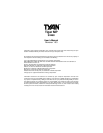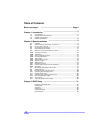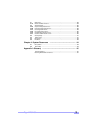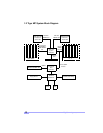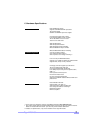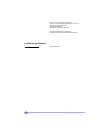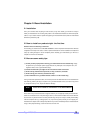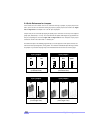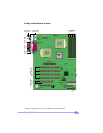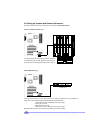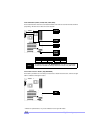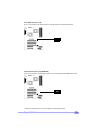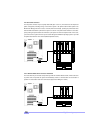
Tiger MP S2460
9
Chapter 2: Board Installation
2.1 Installation
Once you’ve checked that everything is inside the box (see p. 4 for details), you will then be ready to
install your motherboard. The mounting hole pattern of the motherboard matches the ATX board specifi-
cations, so your chassis must be capable of supporting an Extended ATX board (check the motherboard
dimensions provided on p. 8).
2.2 How to install our products right.. the first time.
Question: what’s the first thing I should do?
The first thing you should do is read the user’s manual. It contains important information which will make
configuration and setup much easier, as well as provide information on device installation and component
setup. By reading through the manual completely before installing your motherboard, you will have a
complete overview on the installation.
2.3 Here are some safety tips:
(1) Ground yourself properly before removing your motherboard from the antistatic bag. Unplug
the power from your computer power supply and touch any metal part on the computer case. (You
might also want to wear a grounded wrist strap.)
(2) Hold the motherboard by its edges and do not touch the bottom of the board.
(3) Avoid touching motherboard components, IC chips, connectors, and leads.
(4) Avoid touching pins of memory modules and chips.
(5) Place motherboard on a grounded antistatic surface or on the antistatic bag.
Having reviewed the precautions above, the next step is to take the motherboard out of the cardboard box
and static bag, hold it by its edges, and place it on a grounded antistatic surface (such as the bag it came
in), component side up. Then, inspect the board for damage.
Press down on any of the socketed ICs if it appears that they are not properly seated (the board should
still be on an antistatic mat or on top of the bag it came in). Do not touch the bottom of the board. Remem-
ber, don’t take any electronic device out of its protective bag until you are ready to actually start installing
it into the computer case (e.g. setting jumpers, etc.) If you do not ground yourself, you risk “zapping” the
motherboard or adapter card. Subsequent problems may not arise immediately because electrostatic dis-
charge, unlike physical damage, causes the device to fail over time.
NOTE: DO NOT APPLY POWER TO THE BOARD IF IT HAS BEEN DAMAGED!



